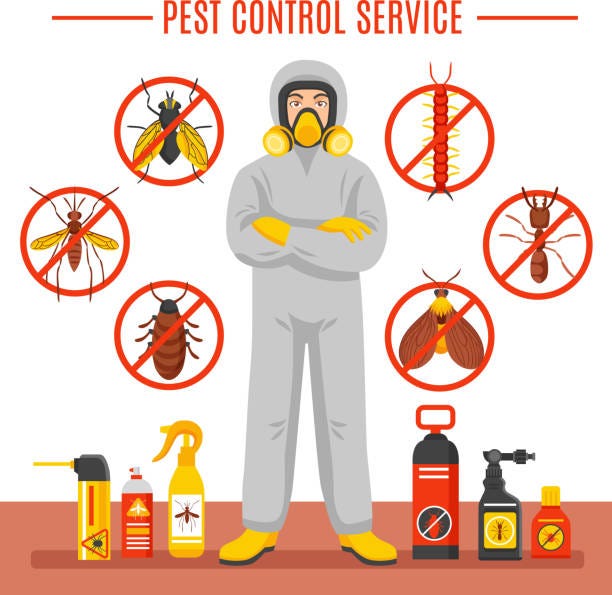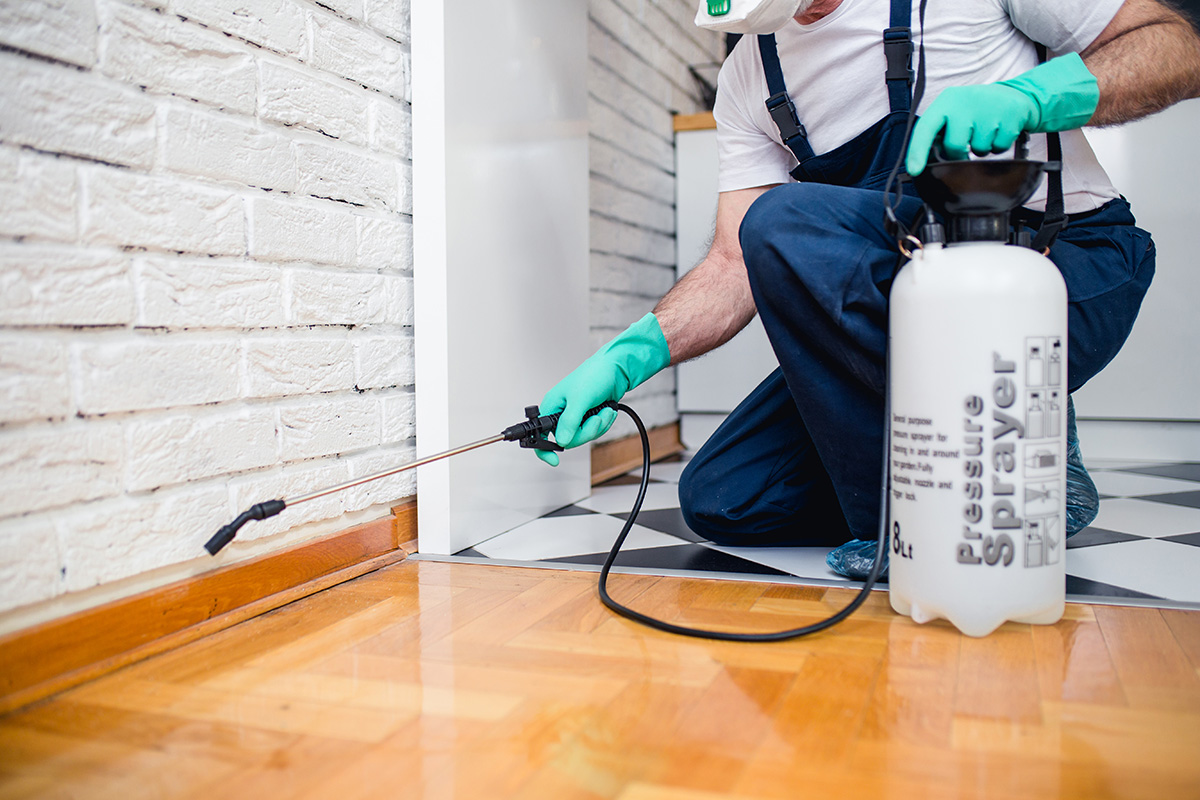Relied On A1 Exterminator Charlotte NC - Comprehensive Pest Solutions
Relied On A1 Exterminator Charlotte NC - Comprehensive Pest Solutions
Blog Article
Bed Bug Therapy Malfunction: Contrasting Chemical Vs. Non-Chemical Solutions
In the world of insect control, particularly when handling the consistent problem of bed insects, the option in between chemical and non-chemical therapy remedies can be a critical one. Both techniques use unique advantages and drawbacks, influencing aspects such as performance, safety and security factors to consider, and general cost. By examining the nuanced details of each technique, a more clear understanding of which path to seek in addressing a bed bug invasion can be acquired.
Performance of Chemical Therapies
Chemical treatments for bed insect problems have actually been widely recognized for their quick and potent efficacy in removing these pests. When taking into consideration the efficiency of chemical therapies, it is essential to comprehend that they can provide a extensive and quick option to a bed bug issue. Expert pest control operators typically count on insecticides to target bed bugs at various stages of their life process, including adults, nymphs, and eggs. These chemicals generally function by interfering with the bed bugs' nerve system, bring about paralysis and ultimate death.
Moreover, chemical treatments have the advantage of providing residual impacts, indicating that they can proceed to remove bed pests also after the preliminary application. This recurring activity is specifically advantageous in combating any kind of potential re-infestations. In addition, the rapid action of chemical treatments can bring alleviation to people dealing with extreme bed pest invasions, enabling them to gain back control of their space quickly.
Safety And Security Interest In Chemical Solutions
One vital facet that requires cautious consideration when using chemical solutions for bed insect therapy is making certain the security of passengers and the atmosphere. Exposure to specific chemicals utilized in bed pest therapies can lead to respiratory problems, skin irritation, or various other negative reactions, specifically in individuals with pre-existing problems or sensitivities.
Moreover, the environmental influence of chemical services is another considerable consideration. Some chemicals made use of in bed insect therapies might be damaging to useful pests, wild animals, and environments if they leach right into the dirt or water supply. It is important to utilize chemical therapies deliberately, adhering to security standards, and considering much less poisonous choices to alleviate these dangers and make sure the reliable and risk-free monitoring of bed insect problems.
Advantages of Non-Chemical Strategies
Thinking about the possible safety and security problems and environmental influence connected with chemical solutions for bed insect therapy, exploring non-chemical techniques offers an appealing choice with numerous distinct advantages. Non-chemical techniques use a safer alternative for homes, particularly those with youngsters, animals, or people conscious severe chemicals. These strategies eliminate the threats of exposure to hazardous materials, reducing the capacity for unfavorable wellness impacts. Moreover, important source non-chemical therapies are ecologically pleasant, as they do not add to air or water contamination, making them a sustainable choice for pest control.
Additionally, non-chemical solutions can be reliable in targeting bed pests, consisting of hard-to-reach locations where chemical therapies may not pass through. Approaches such as warmth therapy, vacuuming, steam cleansing, and bed mattress coverings provide comprehensive obliteration without making use of hazardous chemicals. In addition, non-chemical techniques can be less disruptive, calling for very little prep work and enabling quicker reentry right into treated locations. In general, selecting non-chemical bed pest treatment methods not just prioritizes safety and security and environmental protection however likewise guarantees efficient and extensive pest control.
Limitations of Non-Chemical Treatments

Additionally, non-chemical treatments often require multiple applications to attain successful obliteration. This can be lengthy and might not always ensure complete elimination of all bed bugs and their eggs, particularly in hard-to-reach or covert places.
Moreover, the success of non-chemical treatments heavily depends on proper implementation and thoroughness, which can be challenging for individuals without specialist know-how. Insufficient application of non-chemical methods may result in insufficient obliteration, bring about relentless invasions and the need for additional treatments.
Therefore, while non-chemical therapies have their advantages, it is important to acknowledge these constraints and consider them when determining one of the most effective method for handling bed bug problems.
Price Comparison: Chemical Vs. Non-Chemical Options
Provided the restrictions related to non-chemical therapies, a necessary aspect to examine in the context of bed pest administration is the price contrast in between chemical and non-chemical options. Chemical therapies commonly involve the application of insecticides by experts, which can range from $250 Home Page to $900 per room, depending on the seriousness of the invasion and the dimension of the area to be treated. On the other hand, non-chemical therapies like warmth therapy or heavy steam can be extra expensive, with costs ranging from $1,000 to $6,000 for a whole home. While the first expense of chemical therapies may appear lower, numerous treatments may be called for to completely eliminate the problem, potentially increasing the overall cost. On the other hand, non-chemical options might give an extra sustainable and environmentally friendly option, although they can be cost-prohibitive for some individuals. Ultimately, when considering the price of bed bug therapy options, it is necessary to weigh the in advance expenditures against the effectiveness and long-lasting sustainability of the chosen technique.
Conclusion

Taking into consideration the prospective safety and security concerns and ecological influence associated with chemical remedies for bed insect therapy, checking out non-chemical strategies presents a promising alternative with a number of unique benefits.Offered the constraints linked with non-chemical therapies, a crucial aspect to assess in the context of bed bug management is the expense comparison between chemical and non-chemical alternatives. In comparison, non-chemical treatments like warm treatment or vapor can be more costly, with costs varying from $1,000 to $6,000 for an entire home. While the first expense of chemical treatments may appear lower, numerous therapies might be required to totally eliminate the infestation, possibly raising the total cost.In verdict, when contrasting chemical and non-chemical bed pest treatment options, it is vital to think about effectiveness, security, benefits, constraints, and cost.
Report this page